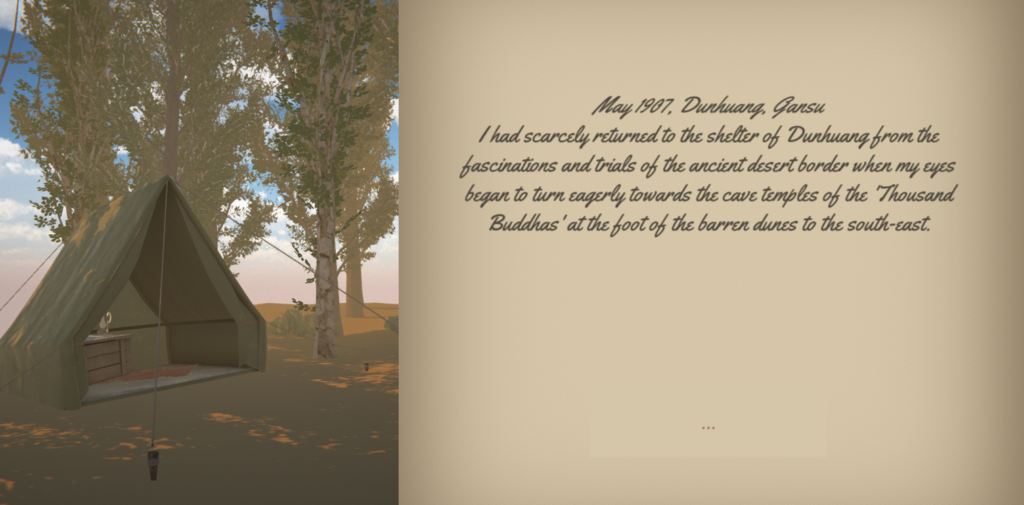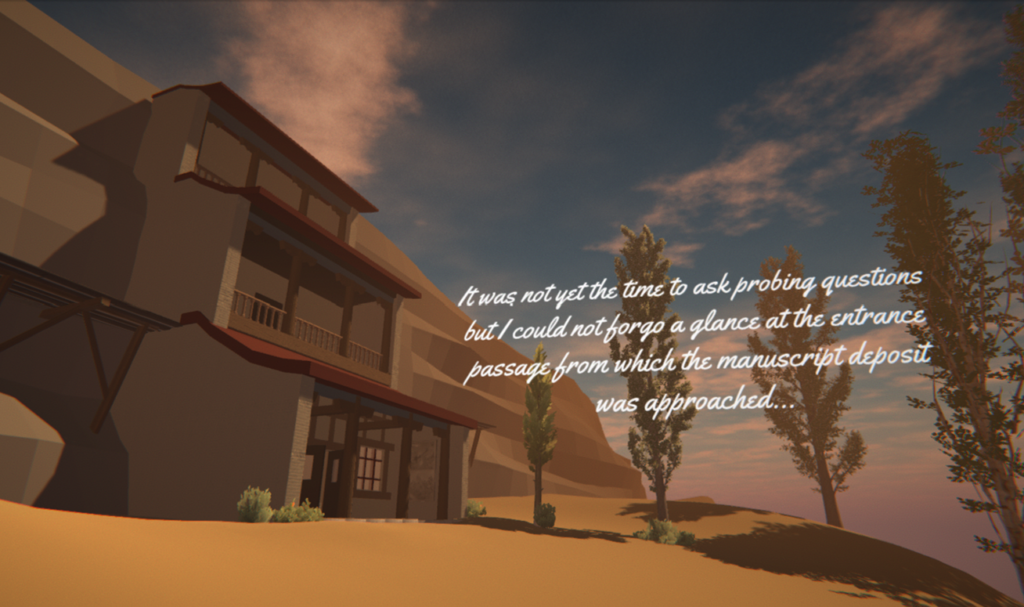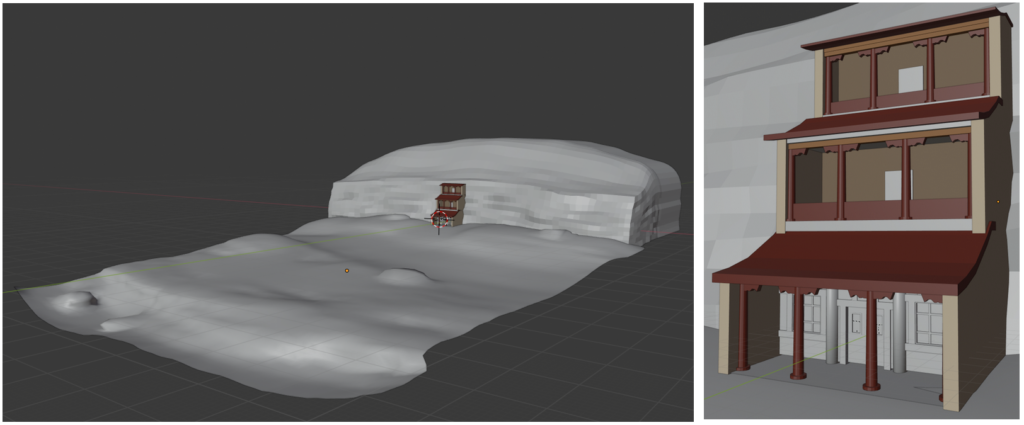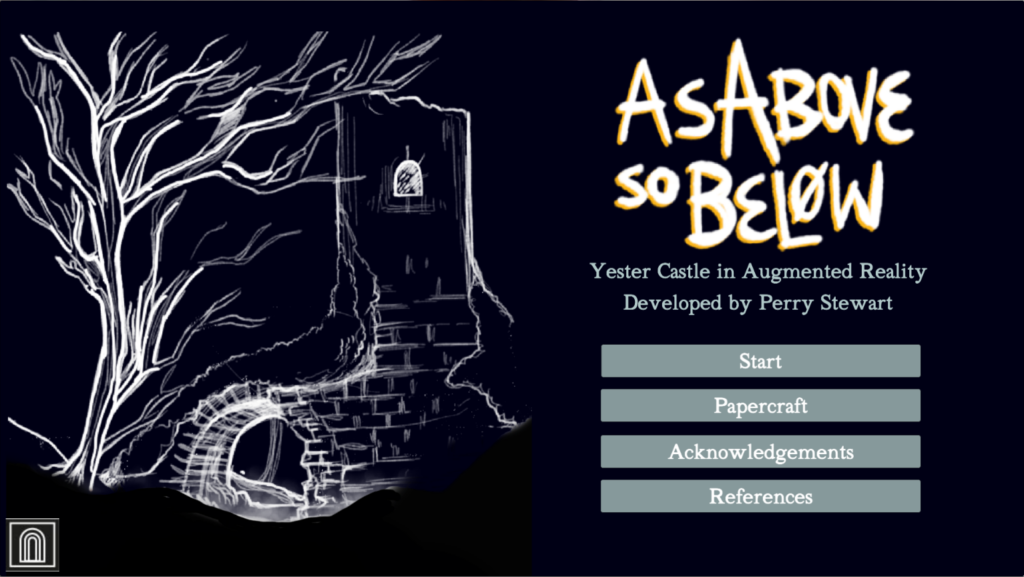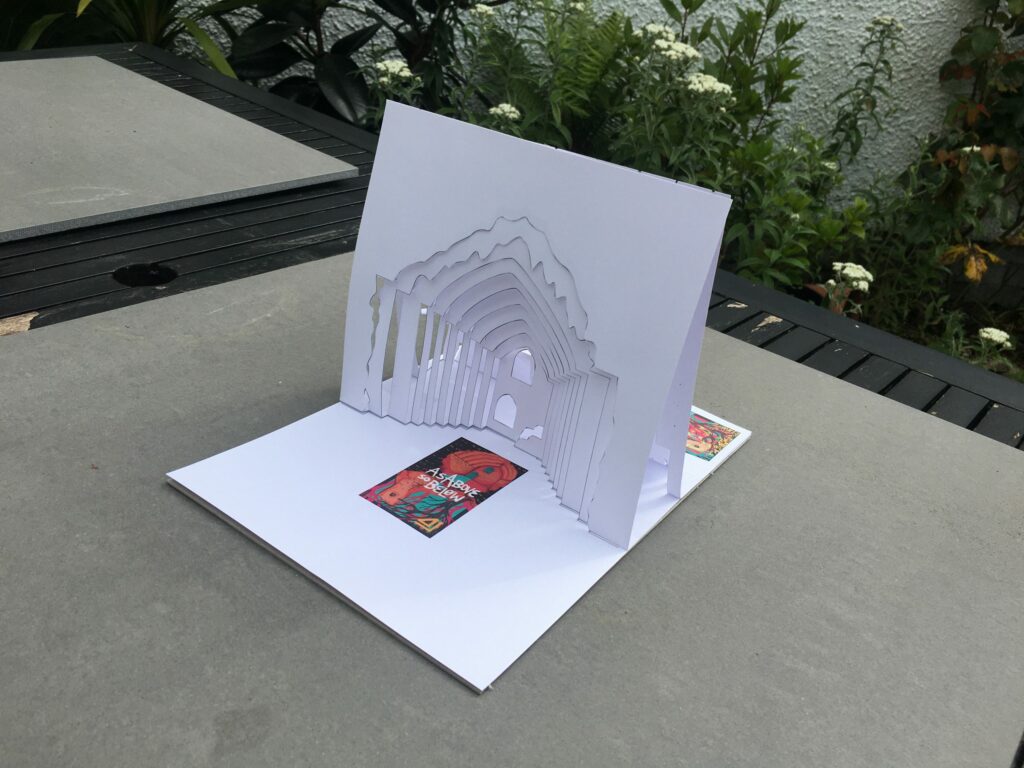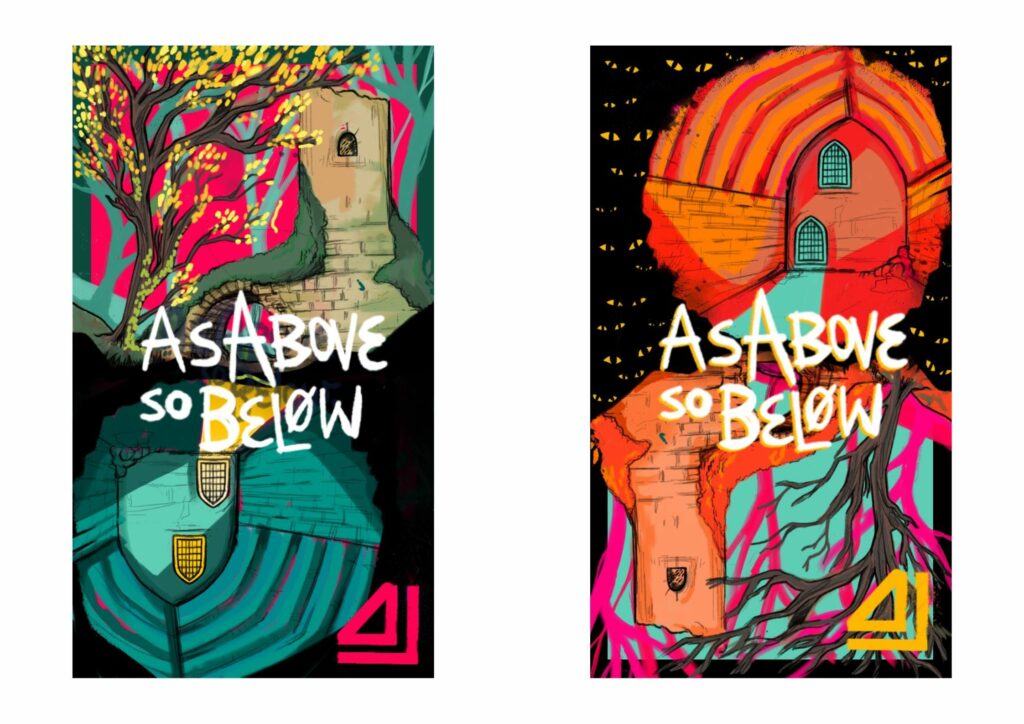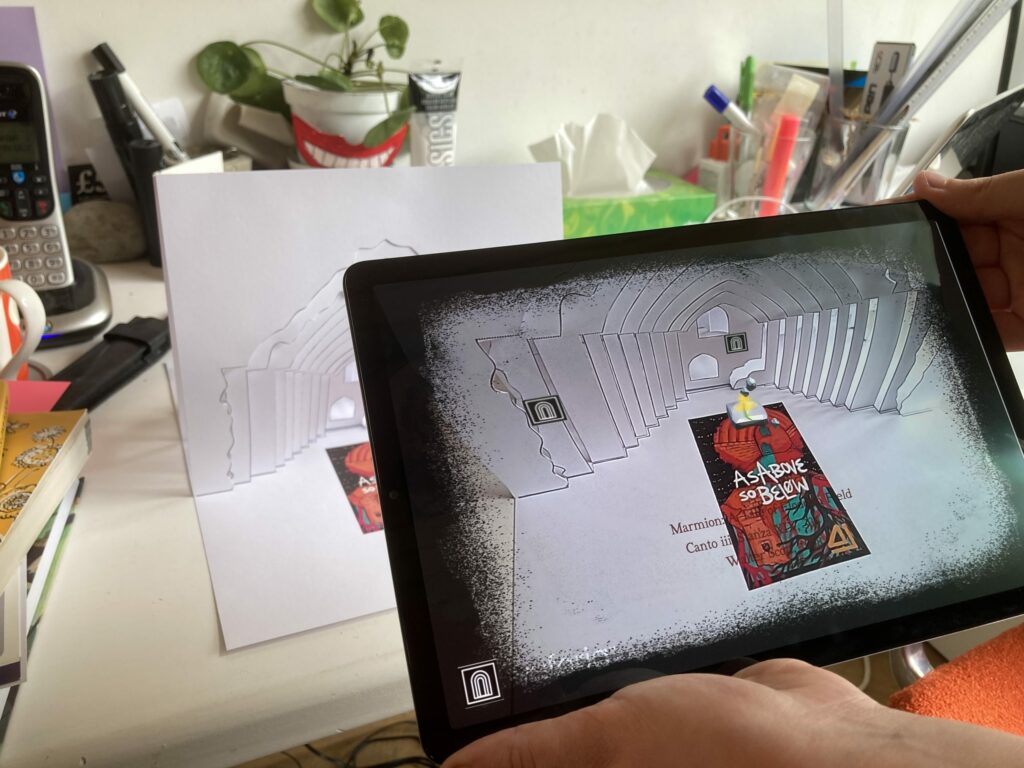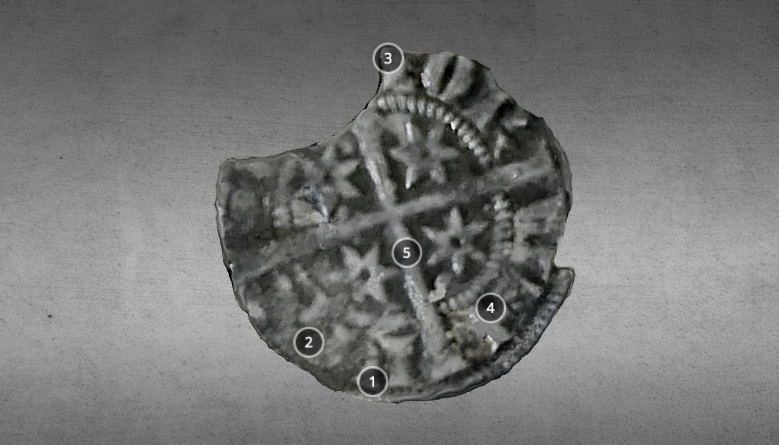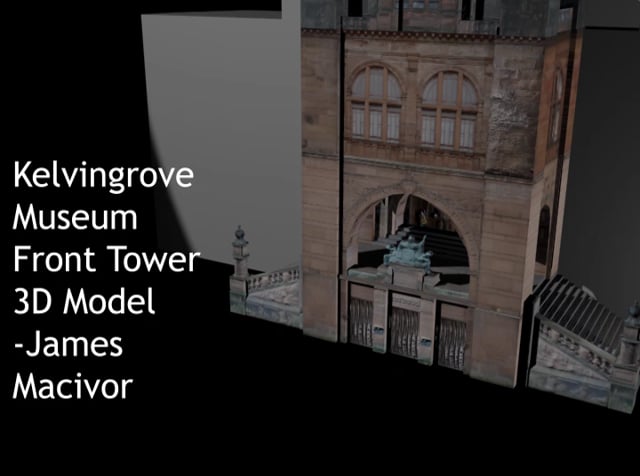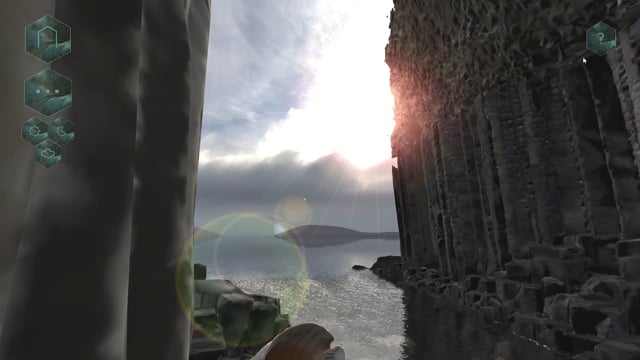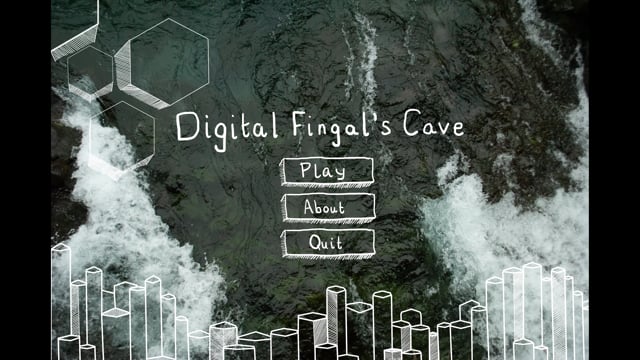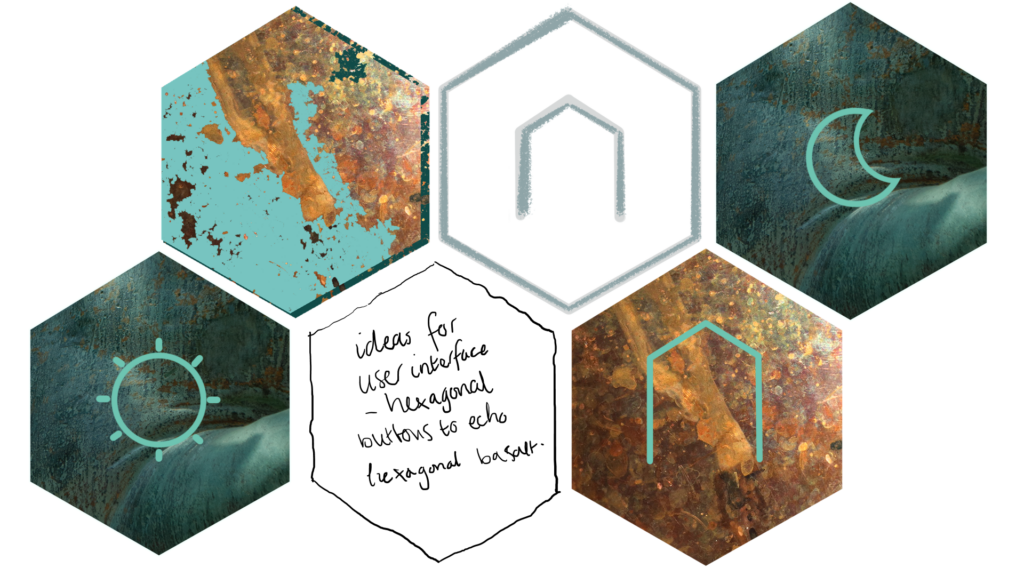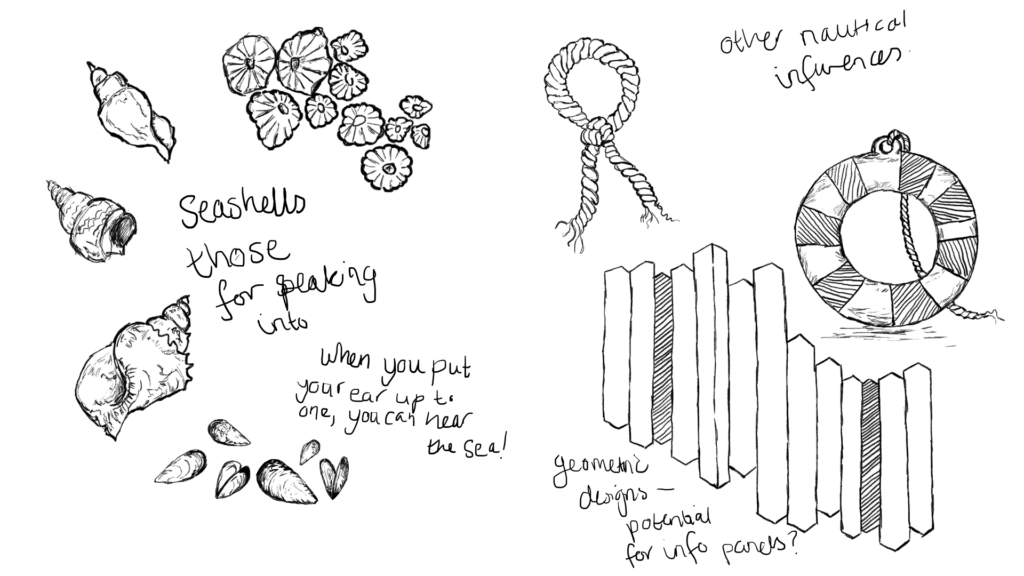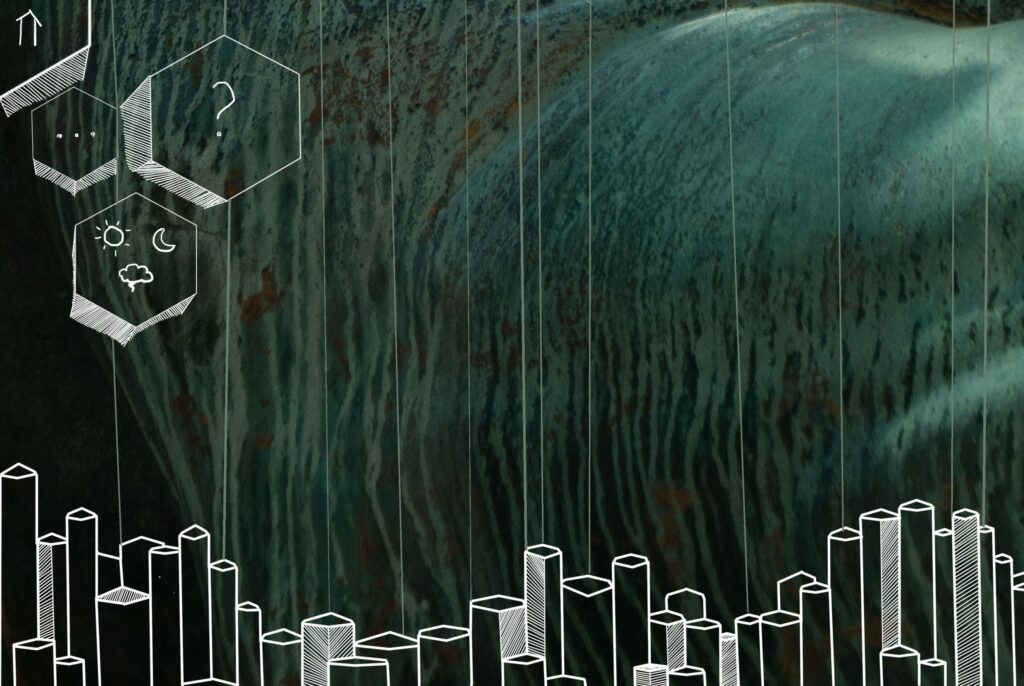The Library Cave Opens: Final Project
The Library Cave Opens is a short video game-like experience about Hungarian-British explorer and archaeologist Aurel Stein's stay at the Caves of the Thousand Buddhas near Dunhuang, China. Here, in 1900 a Daoist monk, Wang Yuanlu, discovered a sealed cave containing tens of thousands of manuscripts, paintings and secular documents dating from before the 11th century. The find comprises one of the most important discoveries for Chinese scholarship and today forms the basis of an entire field, Dunhuang Studies.
This interactive experience tells the story of how Stein, with the help of his Chinese assistant, Jiang Xiaowan, convinced Wang Yuanlu to part with 29 cases of artefacts which were subsequently deposited in the British Museum. The project was a prototype exploring how the video game medium could be utilised to reach wider audiences and spark conversation about the dubious acquisition practices of early Western explorers.
Created in Unity 3D, modelled in Blender & 3D Studio Max.
For a full list of resources used in the project please click here.



